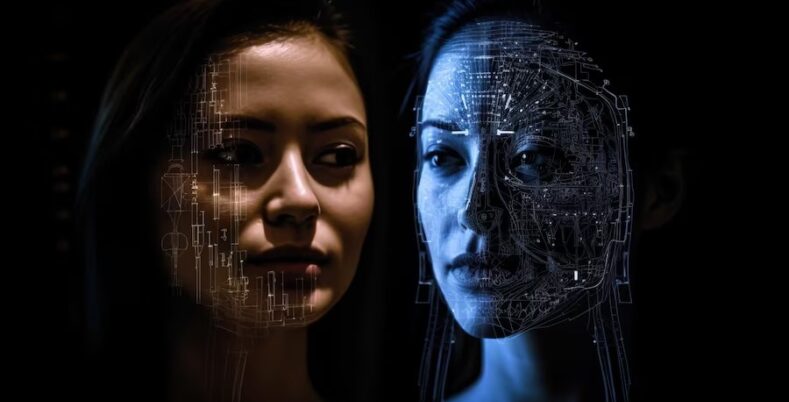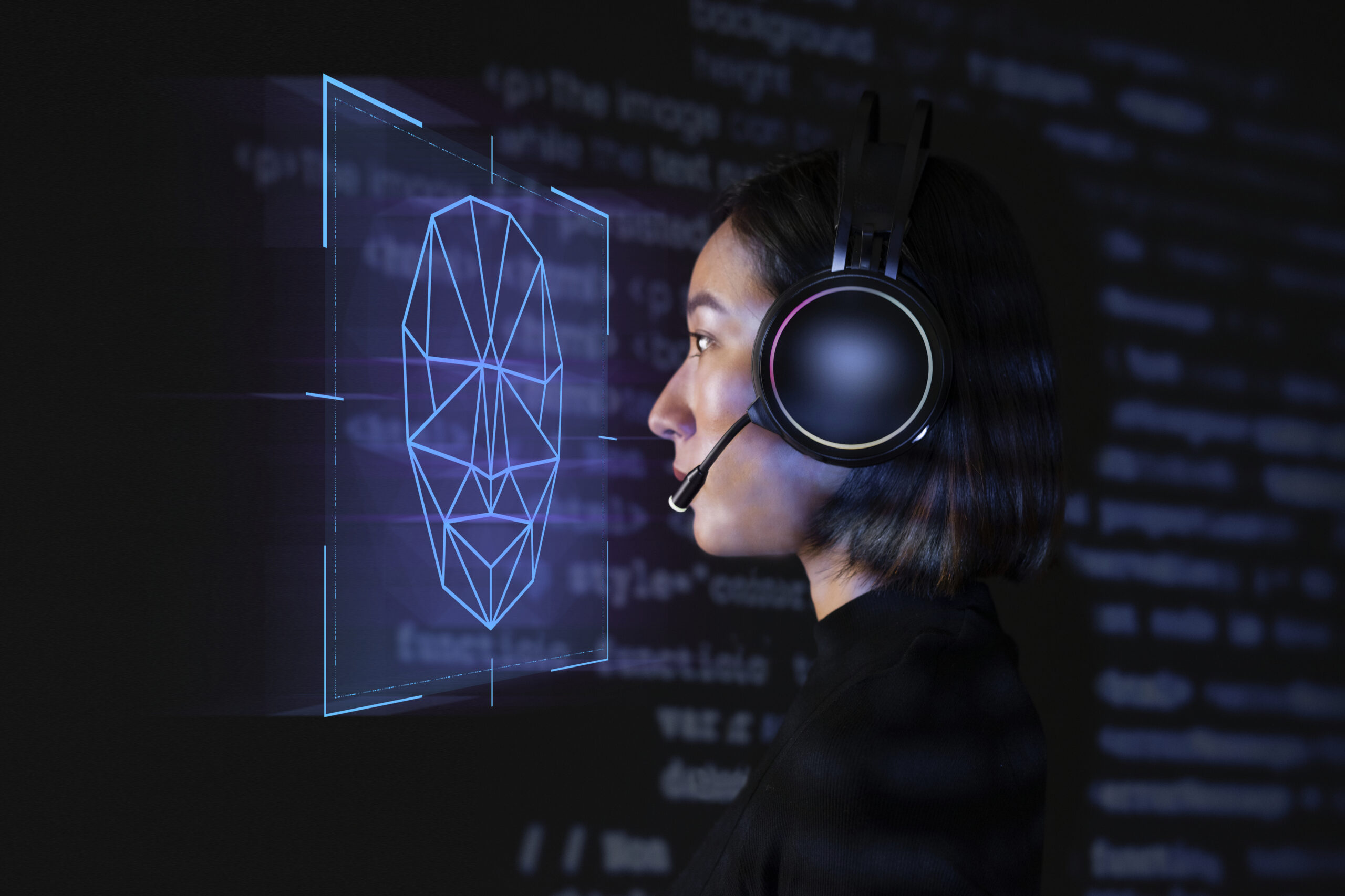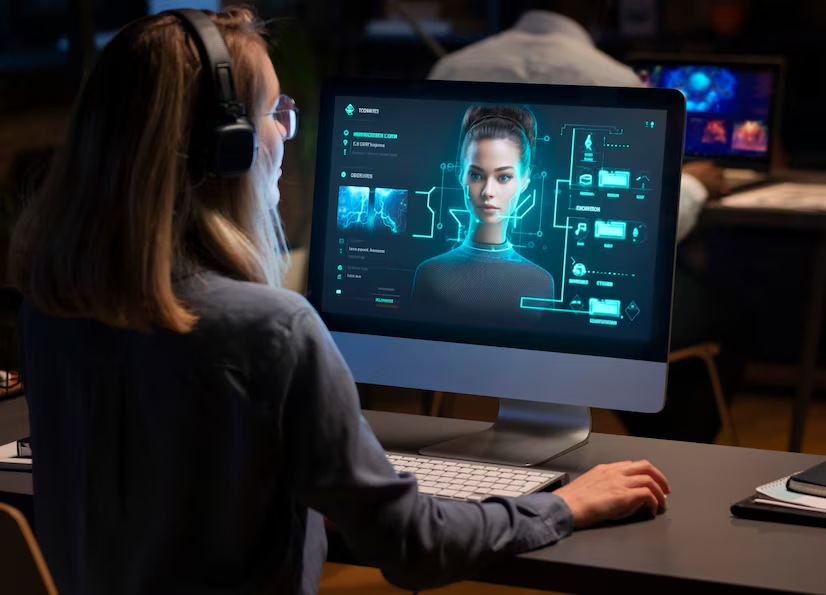Technological advancement has been both a boon and a bane for human civilization. It has doubtlessly simplified complex tasks. However, such developments also provoked privacy concerns and social isolation.
Deepfake technology is one of the negative impacts of technological advancements threatening internet users lately. It is a direct threat to user privacy and security that manipulates user data and represents it in negative ways in front of others.
Data states that deepfake cases experienced an unimaginable hike of 1,740% in North America in 2023 compared to the previous year. On the other hand, the Asia-Pacific region observed a rise of 1,530% in the same year.
Considering the urgency of spreading awareness of this dangerous mechanism, this blog shall discuss the evolution and impact of deepfake technology also known as identity fraud.
What is deepfake technology?
Deepfake is a contribution of artificial intelligence (AI) that can manipulate original images, audio, and videos and misrepresent them to the viewers or audiences. The term deepfake is derived from deep learning that empowers computers with human-like thinking abilities by processing data. Deepfake also analyzes data to change the originality of an image, video, or audio.
This mechanism is capable of going through every bit of detail and data to present fabricated content with maximum authenticity. It can put a smile on a sad face image and change an entire character in a video, raising the threat of privacy breaches. It has been one of the top cybercrimes in recent times. Common public to celebrities, small shops to bigger organizations, all can fall prey to the impact of deepfake technology.
Evolution of Deepfake Technology:
Deepfake became prominent in 2017, and wrongdoers practiced it to spread misinformation. Slowly, it observed progression with the advent of new mechanisms and sophisticated practices. Initially, deepfake content could be easily identified. However, with time, the outcome and impact of deepfake technology have also evolved.
The quality and authenticity have been enhanced in a way that misguiding content can easily trap people and highly influence their mindsets. Deepfakes are nothing but AI algorithms that have evolved over the years.
Another important aspect of this mechanism is the appropriate tools to create fake images and videos. Lately, app development has observed a rise alongside faster network and cloud integration. Deepfake tools have also advanced, integrating huge amounts of data, which come with strong features and can offer solid outcomes.
Following such developments, deepfakes intensified and have influenced individuals and organizations devastatingly. Commonly, criminals target known and famous personalities so that the impact of deepfake technology can reach a larger audience.
Impact of Deepfake technology:
Deepfakes can raise significant security risks, influencing the privacy of an individual, their organization, and society at large. Spreading misinformation and defamation are the most common results of such frauds, leading to distrust, emotional distress, and whatnot.
With solid communication systems across borders, fake news and misinformation spread quickly among the public. In such situations, deepfakes can also circulate fast, impacting bigger audiences. Online fraud is a common practice of deep fake technology, where criminals misuse someone’s identity to get money. Companies and businesses have observed such threats the most. Here, photos, voices, and even live videos can be forged to trap people.
The impact of deepfake technology can also raise national security concerns in various countries. Wrongdoers create fabricated photos and videos of the national delegates misguiding and provoking citizens of the country. On such occasions, national security can be at stake.
Summing Up!
It is quite evident that as technology advances, the probability of enhanced practice of deepfake or similar threatening mechanisms will also accelerate. The impact of deepfake technology could be more dangerous in the upcoming years, risking people’s identities, confidential information, and spreading misinformation among the public.
Therefore, it is high time to take precautions against it and consider privacy while sharing information or content over digital platforms. Formulating progressive deepfake detection tactics, encouraging media literacy against such threats, strengthening website policies, and promoting collaborative efforts across the domains can help establish stringent methodologies against deepfakes. Check out our blog section to gain knowledge on various tech trends and cybersecurity practices.
Read More:
Tech Intelligence & Human Intelligence: Can AI Beat Human Intelligence?






